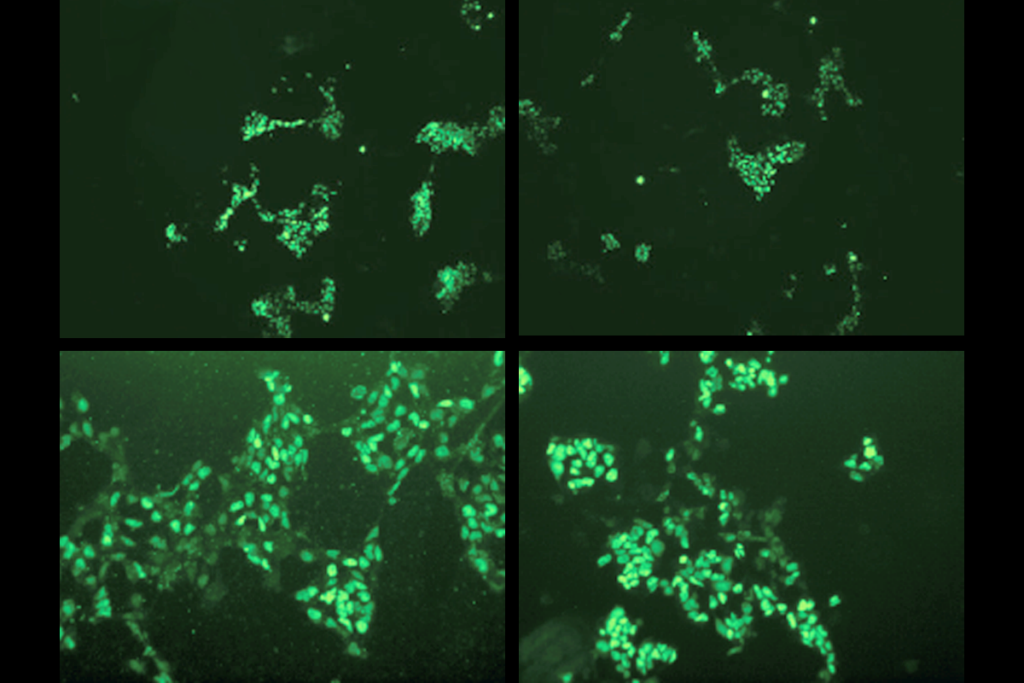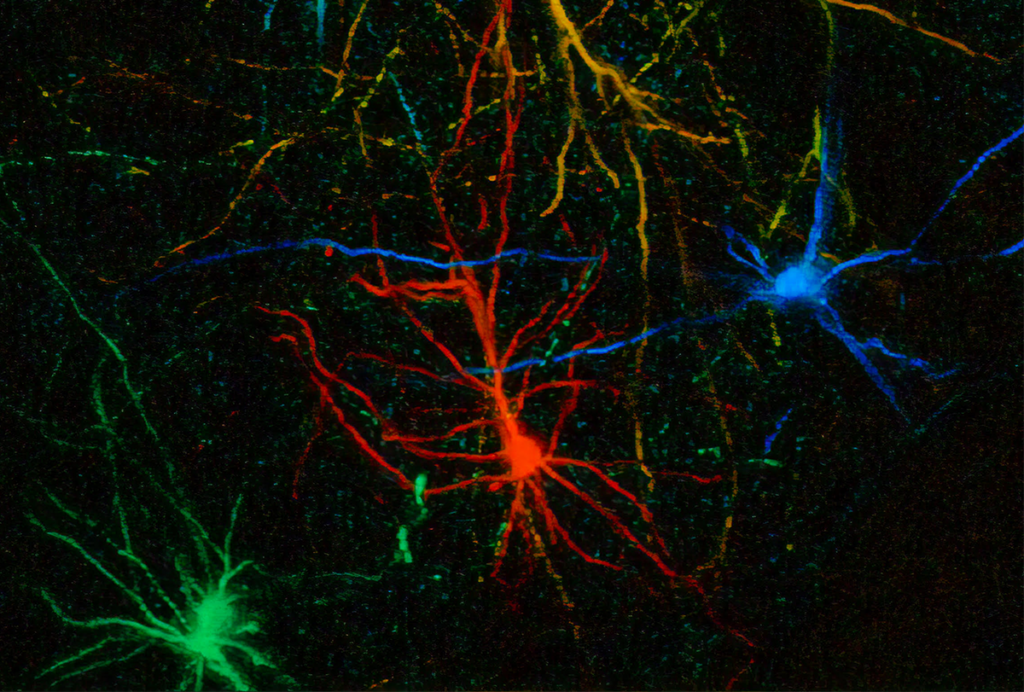U.S. expands program to track autism prevalence
The U.S. government is expanding its autism monitoring program to better understand the rising prevalence of the disorder, particularly in light of controversial changes to autism’s diagnostic criteria.
The federal government is expanding its autism monitoring program to better understand the rising prevalence of the disorder. The move follows controversial changes to the diagnostic criteria for autism, which are expected to lower the number of new cases nationwide.
An estimated 1 in 68 children in the U.S. has autism — up from 1 in 166 when the U.S. first began tracking the disorder in 2000.
In May 2014, the latest edition of the ‘Diagnostic and Statistical Manual of Mental Disorders,’ or DSM-5, redefined ‘autism spectrum disorders’ to collapse autistic disorder, Asperger syndrome, pervasive developmental disorder-not otherwise specified and childhood disintegrative disorder. It also stipulates that symptoms, including social deficits and repetitive behaviors, start early in childhood.
Now the U.S. Centers for Disease Control and Prevention (CDC), the federal agency tasked with tracking autism, is set to spend $20 million over four years measuring prevalence — and the potential impact of the diagnostic shift.
“For the first time, we’ll be able to look at the features of children identified using the new criteria compared to the old criteria,” says Marshalyn Yeargin-Allsopp, medical epidemiologist and chief of the CDC’s Developmental Disabilities Branch.
The CDC predicts that the DSM-5 will curb the steady rise in autism’s prevalence. “But we don’t really know what’s going to happen,” says Yeargin-Allsopp.
To track the tweak’s true effect, the agency plans to monitor the prevalence of autism among 4-year-olds and 8-year-olds in six states: Arizona, Colorado, Missouri, New Jersey, North Carolina and Wisconsin. It will also continue to track autism among 8-year-olds in Arkansas and Georgia and add new tracking centers in Minnesota and Tennessee.
“It’s important to know which children are picked up early,” says Yeargin-Allsopp, citing sociodemographic factors, such as race, that act as barriers to early diagnosis. “This will help us at the federal level to target [resources to] certain populations.”
The CDC is also asking all 10 of its tracking centers to measure how communities in the state are using the prevalence data, in order to identify successes and failures that may shape its outreach efforts.
“Our expectation is that these children will get the appropriate services for their disability,” says Yeargin-Allsopp.
Recommended reading

Changes in autism scores across childhood differ between girls and boys

PTEN problems underscore autism connection to excess brain fluid

Autism traits, mental health conditions interact in sex-dependent ways in early development
Explore more from The Transmitter

To make a meaningful contribution to neuroscience, fMRI must break out of its silo

